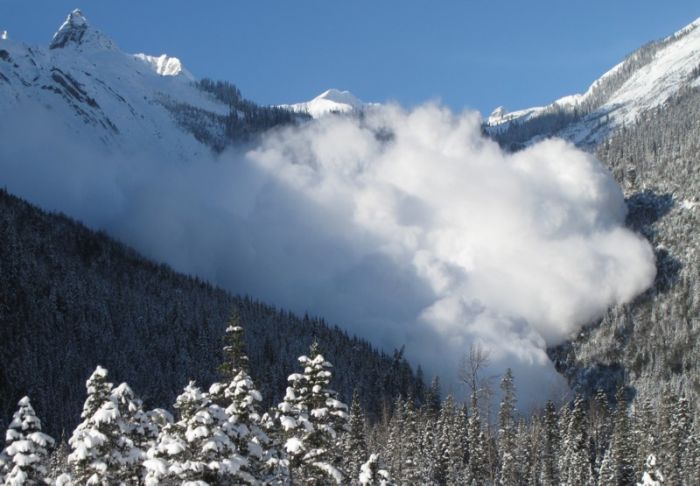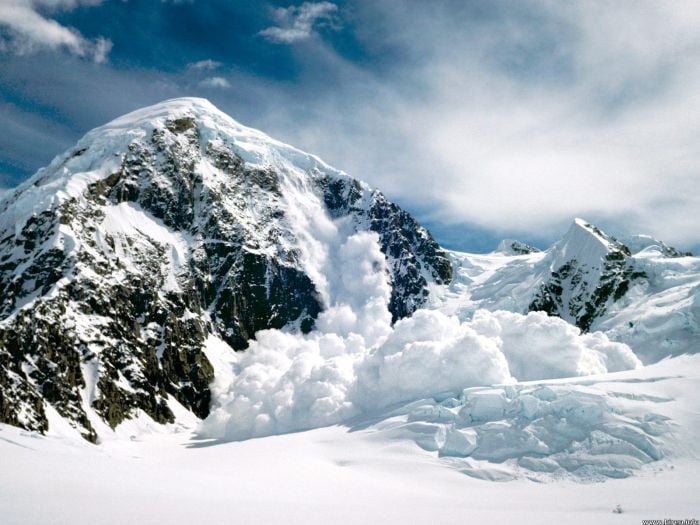Each year avalanches claim more than 150 lives world wide, and even though many resorts take measures to help people survive an avalanche, this number is increasing. And don’t think you’re safe in Britain, you only have to look as far back as 2013, when four climbers were killed in an avalanche in the Glen Coe mountain range. This is a stark reminder that avalanches are a very real threat, even on the mountains of Britain, and that steps should always be taken to prepare to survive an avalanche, if the time comes.
So, what can you do if you see a wall of white powder hurtling down the mountain face at you? How can you survive an avalanche?
Ditch your gear
There’s no use holding on to your precious new skis or rucksack if you’re not going to be alive to use them. To survive an avalanche you’ll need to throw down as much gear as time allows – you want to get rid of any unnecessary weight as it will just weigh you down in the torrent of snow.
Gimme shelter
If you are near any rocks, attempt to seek shelter from the snow juggernaut behind them. Beware, however, that large avalanches will pick up big rocks and carry them down slope. If there’s no object to hide behind, crouch low, turn away from the avalanche, and brace for impact.
Swim for your life!
If you are unable to escape the line of the avalanche and it hits you, start swimming frantically (any stroke will do). You need to be doing anything that will keep you above the snow, and as the human body is much denser than snow you will be fighting very hard.
Use all of your strength to avoid getting pulled under, and as the avalanche starts to slow down try to ensure you are near the surface before the snow settles as it sets as hard as concrete. Not something you really want to buried in.

Make some room to breath
If you are unable to remain on the surface of the avalanche and you are pulled under, it is vital that you create an air pocket if you hope to survive an avalanche more than a few seconds. As the avalanche is coming to a stop, take a deep breath and cup your hands around your mouth. By doing this you are ensuring a small air pocket around your mouth which should last you about 30 minutes, hopefully enough time to be rescued.
By taking in a deep breath you are expanding your rib cage, so when the snow sets as your chest will have room to move. Failure to take the deep breath can result in death from asphyxiation, as you are unable to move your chest enough to inhale.
Keep calm
Panicking will quickly deplete your limited oxygen supply so remain calm and try to conserve your oxygen use. If you can hear the voices of rescuers close, you can shout, but keep in mind that you will be able to hear them better than they can hear you.
When it comes to how to survive an avalanche, prevention is a lot better than a cure. Stick to trails and stay away from known avalanche locations. You can also check avalanche reports, like this one for Glen Coe. This will increase your chances of surviving tenfold – if you’re not in an avalanche, the chances are it’s not going to kill you.
Headed on a mountain adventure? Read these top tips on how to stay safe in the mountains….



